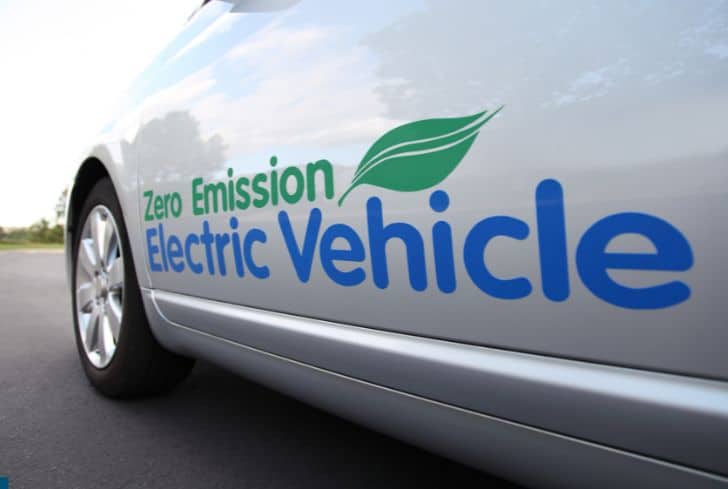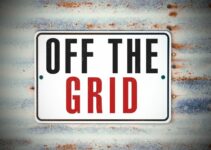Do Australians dream of electric vehicles? It would seem that there is an upsurge in Australian interest for electric vehicles, with governments committing millions to infrastructure rollouts, purchasing targets, and consumer incentives; which are sorely needed to cover 7.7 million square kilometres of country. So how is Australia going electric? How can you go electric too?
The Transition to Electric Vehicles
A peer-selected poll of Australia’s 62 top economists found that 51 supported measures to boost the adoption of EVs, through “subsidising public charging stations, subsidising the purchase of all-electric vehicles, and setting a date to ban the import of traditionally-powered cars.” In 2020, EV sales increased in Australia to 0.78% but are tiny compared to the rest of the world (average 4.2%.)
However, Governments are committing funds to building fast charging stations, such as Queensland’s “Electric Superhighway” adding 18 new fast-charging stations at a cost of $2.75 million; NSW is looking to establish 1,000 fast charging stations across 250 locations at a cost of $131 million.
State of the Electric Vehicle Nation
In Australia, there are three main types of charging – AC destination charging, DC public charging and DC public 50kW+ “fast charging” stations.
One kilowatt (kW) of charger will add one kilometre of range to a car for each ten minutes it’s under charge – on average. AC destination chargers usually fall within 7kW to 11kW, which make them ideal for overnight charging.
Public charging stations may have many charging points – which means more than one EV can charge at a time. AC destination charging is the slowest form of charging, with DC charging being much faster. DC charging station technology can exceed 50kW – which means charging is even quicker.
As of January 2022, there are 291 fast charging stations around Australia. Most of these are concentrated in high-population states such as Victoria (67), NSW (93), and Queensland (63.)
There are 1,580 regular charging stations around Australia.
Why Your Next Car should be Electric?
We’ve outlined this in our blog post here, but there are many compelling reasons why your next car should be an electric one. They are cheaper to run long-term, as maintenance costs are drastically reduced, and electricity compared to petrol is cheaper. It also reduces emissions, are more reliable, more convenient, and are simply more fun to drive!
If you are fretting about long charging times, don’t despair. The Electric Vehicle Council says that about 700 new fast charging locations will be rolled out across Australia, with some using faster charging capabilities of 200-350kW – which means you could be topped up within 10-15 minutes, depending on the range of your chosen vehicle.
EV Aspects to Consider
When buying an EV, you will need to budget accordingly – most EVs are double the price of comparable legacy petrol cars. (Though you will recoup that cost over time with cheaper servicing and energy.) You also need to consider your driving environment; urban driving is more efficient than regional long-haul drives. Range is important too – if you are doing thousands of kilometres a week, you’ll need to consider if you can afford downtime charging in between destinations – if there are charging stations available.
You would also need to install your own charger at home (a type of AC destination charger.) To make your car completely green, it would also be preferable to have solar panels and/or batteries help to charge your vehicle, so it isn’t consuming power created by fossil fuels.
Financing Your EV
Your best option for financing your electric car is to work with a car loan broker. Brokers have access to a larger number of lenders and can help you get green car loans, which are more competitive than standard consumer car loans. You can take advantage of no emissions interest rate cuts, which can assist with saving money over the term of the loan and offsetting some of the high buying price.
You can also gain more by accessing government incentives. These might be stamp duty concessions, registration deferrals or discounts, or direct tax breaks – they vary depending on state, so read up on what you’re entitled to here. One major incentive is the waiver of the Luxury Car Tax for EVs with a sticker price of less than $84,916. In Queensland for example, you may be entitled to an EV rebate of $3,000 for vehicles costing $58,000 or less and a discount on stamp duty.
Australia is slowly but surely moving to electric vehicles. Being an early adopter can feel a bit unnerving – but we all saw how the iPhone changed our lives for the better and in a blink of an eye, the smartphone was everywhere. So too will the electric vehicle.
The finance information here is general in nature. Remember to consult a financial adviser before taking out asset finance.






